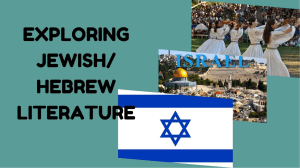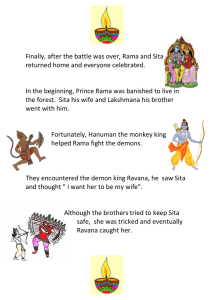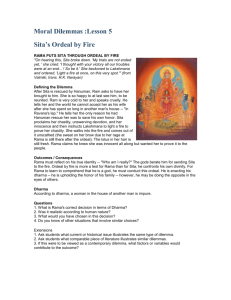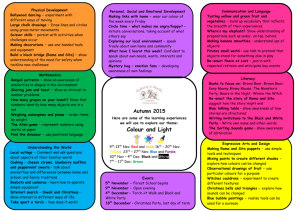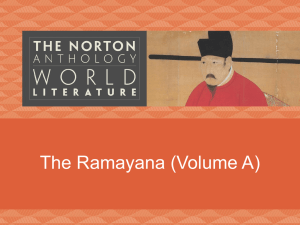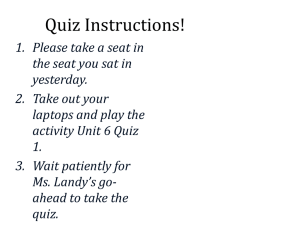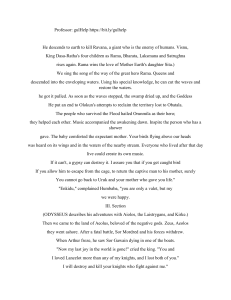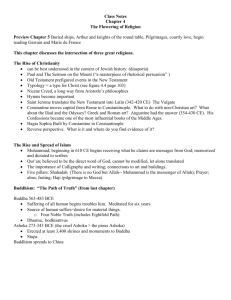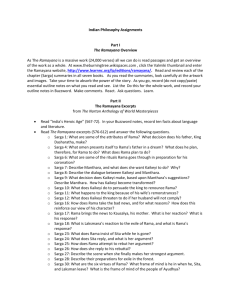Hinduism Ramayana Review
advertisement
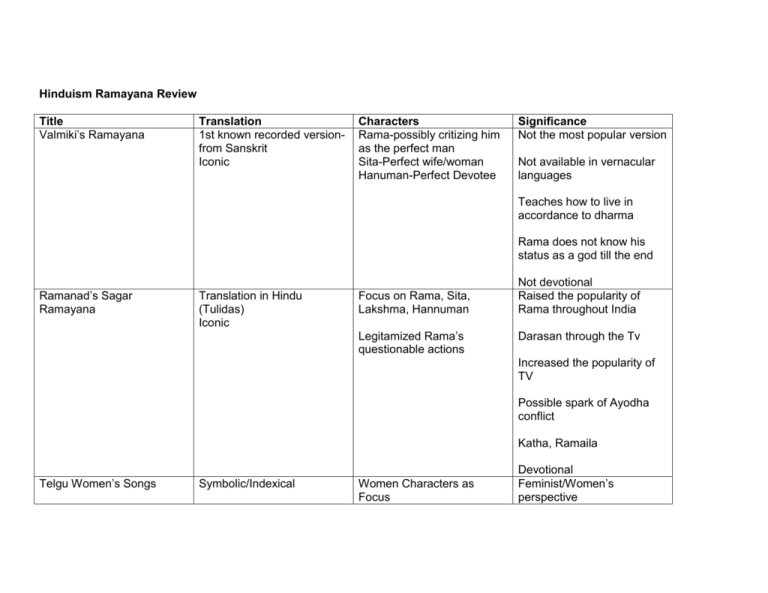
Hinduism Ramayana Review Title Valmiki’s Ramayana Translation 1st known recorded versionfrom Sanskrit Iconic Characters Rama-possibly critizing him as the perfect man Sita-Perfect wife/woman Hanuman-Perfect Devotee Significance Not the most popular version Not available in vernacular languages Teaches how to live in accordance to dharma Rama does not know his status as a god till the end Ramanad’s Sagar Ramayana Translation in Hindu (Tulidas) Iconic Focus on Rama, Sita, Lakshma, Hannuman Legitamized Rama’s questionable actions Not devotional Raised the popularity of Rama throughout India Darasan through the Tv Increased the popularity of TV Possible spark of Ayodha conflict Katha, Ramaila Telgu Women’s Songs Symbolic/Indexical Women Characters as Focus Devotional Feminist/Women’s perspective Hanuman Lakshuma and Urmila Santa Rama- not emphasized Sita is not subversive to Rama; however other women are Sita Sings the Blues Symbolic Ayodyha Indexical Important Words Symbolic Indexical Iconic Siva Pavarti/Uma Yagna Gansea Saravati Lakshmi Durga Sakti Kali Rajya Dharma Ksatryia Dharma Familial Dharma Stri Dharma Sita-Victim/Heroine Rama-Villian Nina-parallel to Sita 3 Narrators-audience VHP/BJP Rama Hindu priest in mosque Film maker Lower caste members Non Brahmin-socio economic problems, caste issues Sitayana Modern Application Connection to real/American world Sitayana Propaganda- political Religious-acting for/as Rama Rama presented as a Godstrong and marshalll
